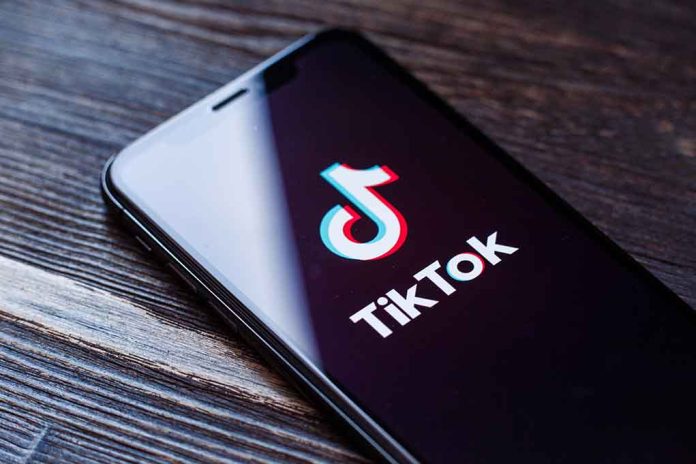
TikTok’s ban of #SkinnyTok reveals the alarming failure of tech giants to truly address harmful content as extreme weight loss promoters simply rebrand their dangerous messaging while continuing to poison young minds.
Key Takeaways
- TikTok banned the #SkinnyTok hashtag after European regulators flagged its promotion of dangerous body standards, yet harmful content continues to flourish through workarounds.
- Research confirms that viewing such content significantly increases the risk of eating disorders, with anorexia having the highest mortality rate among all psychiatric disorders.
- Social media platforms like TikTok are implementing basic safety measures while avoiding accountability for the harmful content their algorithms amplify and monetize.
- Content creators promoting extreme thinness easily evade bans by using coded language and alternative hashtags, rendering platform interventions largely ineffective.
- Conservative critics argue this represents another example of selective censorship while genuinely harmful content continues to reach vulnerable users.
Symbolic Gestures Over Substantive Action
TikTok’s recent ban of the #SkinnyTok hashtag appears to be another example of big tech making performative changes while neglecting to address the core issue. Following pressure from European regulators, the Chinese owned platform removed the hashtag that promoted dangerous thinness ideals and extreme weight loss techniques. Yet, despite this surface-level intervention, the harmful content continues to flourish as creators simply find new ways to distribute essentially the same material, raising questions about whether the ban represents genuine concern or mere regulatory compliance theater.
The dangers of such content cannot be overstated. Research consistently shows that exposure to extreme thinness promotion directly increases eating disorder risk, particularly among young women and teenage girls. While TikTok has implemented some safety measures, such as redirecting searches for the banned hashtag to eating disorder resources, these interventions fail to address the algorithmic amplification that continues to push dangerous content to vulnerable users. This halfway approach demonstrates the platform’s reluctance to implement real changes that might impact engagement metrics and, ultimately, profits.
The Perpetual Whack-a-Mole Game
Content creators promoting dangerous weight loss techniques have become adept at evading platform restrictions, employing coded language and alternative hashtags that mean the same thing as #SkinnyTok but doesn’t trigger automated moderation. This digital shell game renders most platform interventions essentially useless. The very nature of social media’s algorithmic design ensures that extreme content receives greater engagement, creating a perverse incentive structure where the most potentially harmful posts reach the widest audience, while more balanced perspectives languish in obscurity.
“You have many kinds of content in the gray zones,” said Brooke Erin Duffy, associate professor at Cornell University.
Some content creators have attempted to counteract the flood of harmful messaging. Kate Glavan, a runner and podcast host, uses her platform to raise awareness about the dangers of glamorizing undernourishment. However, these positive voices struggle to gain traction in an environment that algorithmically favors extreme content. “A lot of creators are explicitly promoting anorexia to their audience,” warns Glavan, highlighting the severity of what continues to spread unchecked despite superficial bans.
The Real Cost of Digital Influence
The consequences of this content extend far beyond the digital realm. Anorexia nervosa has the highest mortality rate among all psychiatric disorders, making this an issue of genuine public health concern rather than just online discourse. While social media platforms didn’t create society’s unhealthy beauty standards, they have demonstrably amplified and monetized them, creating feedback loops that intensify the problem. Their reluctance to implement meaningful changes reflects a prioritization of profit over user welfare, a pattern we’ve seen repeatedly across big tech companies.
“Negative images that are unrealistic or show really thin people or really muscular people tend to have a more lasting impact than body-positive content,” said Amanda Raffoul, research scientist at Boston Children’s Hospital.
For conservative Americans watching the ongoing social media censorship debate, the #SkinnyTok situation exemplifies a familiar double standard. Platforms eagerly silence certain political viewpoints and COVID-19 discussions under the banner of “Public Safety,” yet drag their feet when addressing content that demonstrably harms young people. This selective enforcement pattern continues to erode trust in tech platforms while leaving vulnerable users inadequately protected from genuinely harmful influences. Until platforms are held accountable for the real-world consequences of their algorithmic amplification, hashtag bans will remain little more than window dressing on a broken system.














